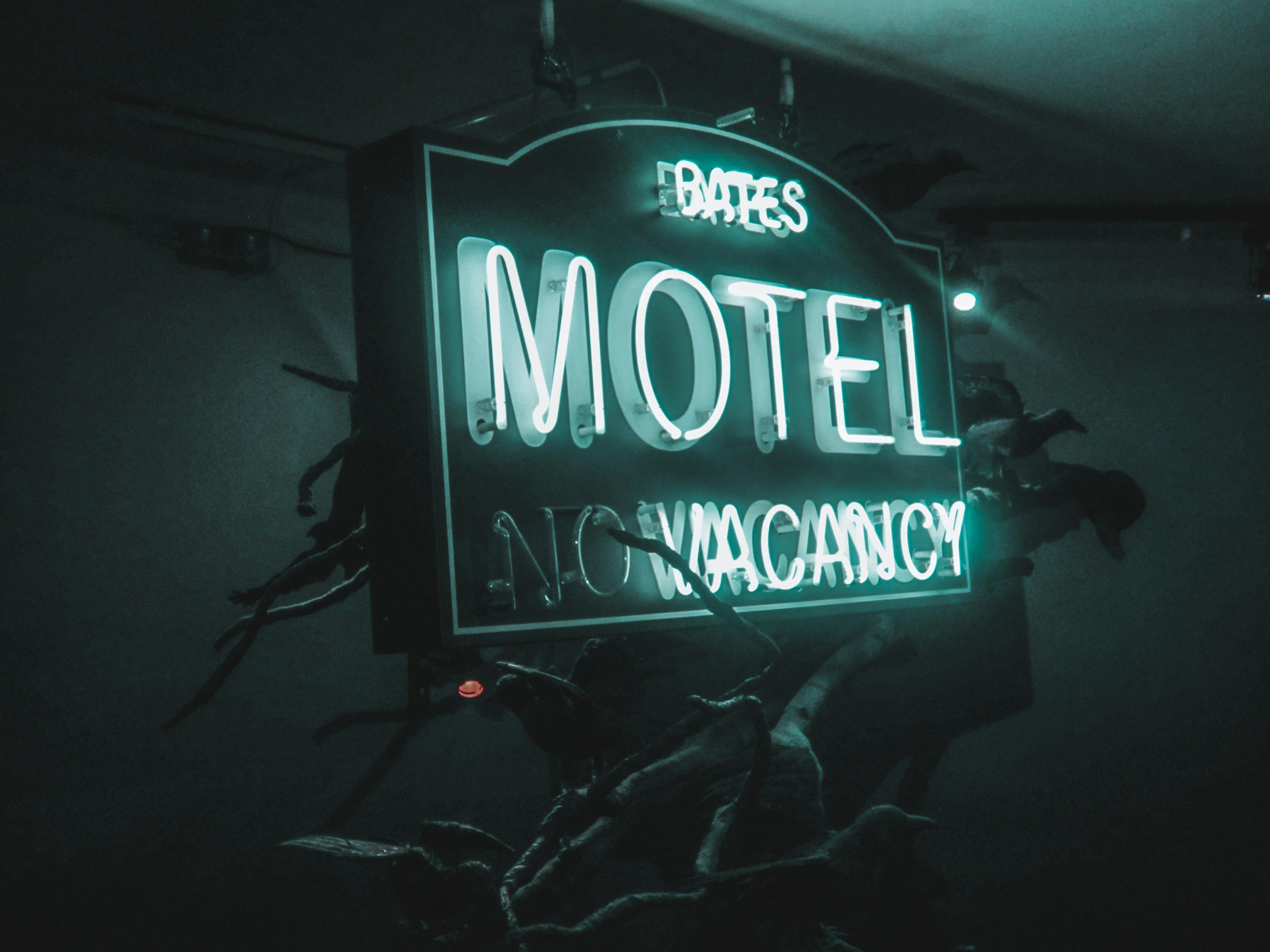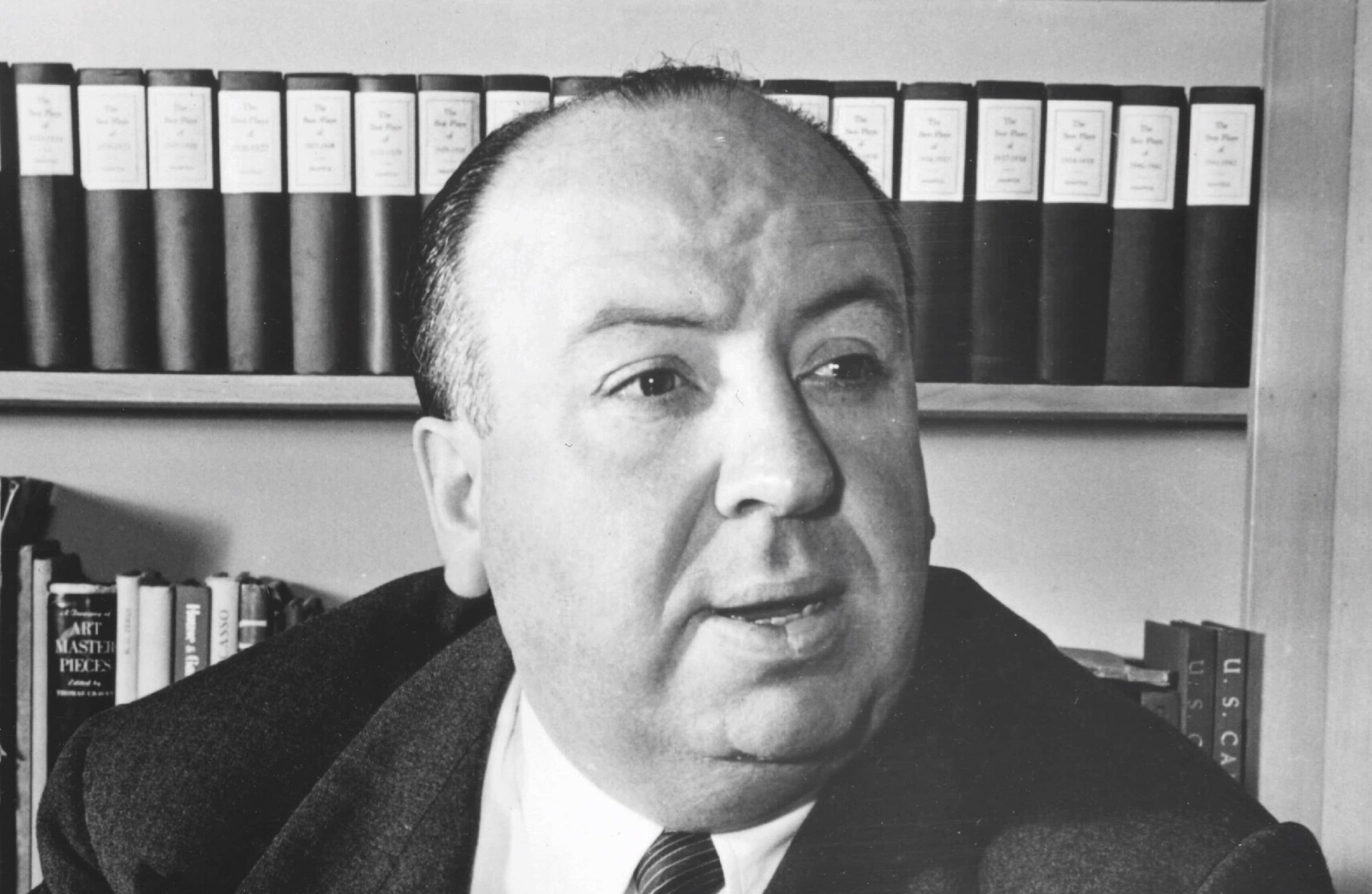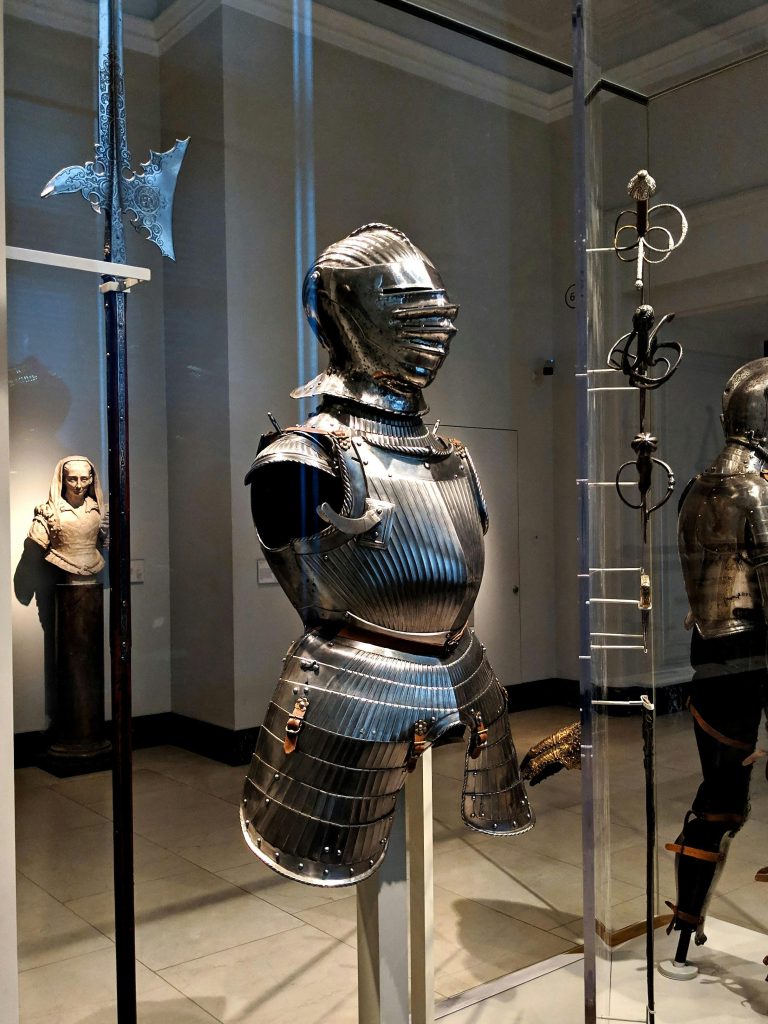In the dimly lit corridors of cinematic history, where shadows dance and tension thickens the air, one name emerges as the quintessential architect of suspense: Alfred Hitchcock. Revered as the Master of Suspense, Hitchcock’s unparalleled genius lies not merely in his ability to evoke fear, but in his deft manipulation of narrative, atmosphere, and the human psyche. His films are more than just thrill rides; they are intricate puzzles that challenge and engage the viewer’s mind, compelling them to peer beyond the veil of the obvious. As we delve into the world of Hitchcock, we uncover a legacy defined by innovation, audacity, and an unwavering commitment to the art of storytelling. Join us as we explore the enigmatic brilliance of a director whose work continues to captivate audiences and inspire filmmakers around the globe.
Hitchcocks Cinematic Techniques Unveiled
Alfred Hitchcock, the legendary filmmaker, is celebrated for his innovative cinematic techniques that continue to influence directors today. His genius lies in his ability to manipulate audience emotions, using a unique blend of visual and auditory elements to create tension and suspense. Hitchcock’s mastery is evident in his use of camera angles and lighting to craft a mood that is both unsettling and captivating. For instance, his iconic use of the vertigo effect—a simultaneous zooming in and tracking backward of the camera—creates a dizzying sensation that mirrors the characters’ psychological state.
- Montage Editing: Hitchcock utilized rapid cuts to build tension, particularly in scenes where danger lurks just around the corner.
- Sound Design: He expertly used sound and silence to heighten suspense, often employing music as a character itself.
- Point of View Shots: By placing the audience in the shoes of the protagonist or antagonist, Hitchcock crafted an immersive experience that drew viewers deeper into the narrative.
These techniques, among others, showcase Hitchcock’s unparalleled ability to engage and manipulate his audience, ensuring his status as the undisputed master of suspense.

Exploring Psychological Depths in Hitchcocks Characters
Alfred Hitchcock, renowned for his mastery in suspense, delves into the psychological complexities of his characters, creating a rich tapestry that leaves audiences both enthralled and unsettled. His characters are not mere pawns in a plot but deeply layered individuals whose motivations and fears resonate with viewers on a personal level. Hitchcock’s genius lies in his ability to expose the vulnerabilities and obsessions that drive human behavior, often blurring the lines between protagonist and antagonist.
- Norman Bates in “Psycho”: A chilling exploration of dual personalities, Norman embodies the internal struggle between innocence and malevolence, making audiences question the nature of evil.
- Scottie Ferguson in “Vertigo”: A portrayal of obsession and the human desire for control, Scottie’s psychological unraveling is a testament to Hitchcock’s understanding of human frailty.
- Lisa Fremont in “Rear Window”: Breaking the mold of traditional female roles, Lisa is a character of depth and complexity, highlighting Hitchcock’s ability to craft nuanced personalities.
These characters, among others, showcase Hitchcock’s unparalleled skill in weaving psychological depth into the fabric of his narratives, ensuring his films remain timeless studies of the human psyche.

The Art of Suspense: Hitchcocks Storytelling Secrets
Alfred Hitchcock’s ability to weave suspense into the fabric of his narratives is a testament to his genius. His storytelling techniques are a masterclass in creating tension and anticipation. Visual storytelling plays a pivotal role; Hitchcock expertly uses camera angles, lighting, and composition to convey a sense of unease and foreboding. The audience is not just a passive observer but an active participant in the unfolding drama, feeling every heartbeat of suspense as if they were in the scene themselves.
- Psychological Depth: Characters are not just mere players but are crafted with intricate layers, often reflecting the audience’s deepest fears and desires.
- Timing and Pacing: Hitchcock knew the power of a pause, using silence and stillness to heighten tension, allowing the audience’s imagination to run wild.
- MacGuffin: A seemingly significant plot element that ultimately serves to drive the story forward, keeping viewers on the edge of their seats.
Through these elements, Hitchcock transforms simple narratives into complex psychological thrillers, leaving an indelible mark on cinema. His legacy continues to influence filmmakers, proving that the art of suspense is timeless.

Lessons from Hitchcock: Crafting Tension in Modern Filmmaking
Alfred Hitchcock’s mastery of suspense is not merely a relic of classic cinema but a timeless blueprint for modern filmmakers. His ability to craft tension hinges on several core techniques that remain relevant today. Firstly, Hitchcock understood the power of the unseen. By withholding visual information, he invited audiences to engage their imaginations, thus creating a tension that was both personal and universal. This technique can be effectively utilized in contemporary films through strategic editing and selective framing, where the focus shifts from explicit visuals to suggestive storytelling.
Furthermore, Hitchcock was a maestro in the art of pacing. He meticulously controlled the rhythm of his narratives, ensuring that each scene built upon the previous one to crescendo at the right moment. Modern filmmakers can draw from this by embracing a deliberate approach to storytelling, where every scene serves a purpose and contributes to the mounting suspense. Key strategies include:
- Using sound and silence to evoke anticipation and anxiety.
- Employing tight, intimate shots to heighten emotional stakes.
- Layering character development to create empathy and investment.
By learning from Hitchcock’s techniques, filmmakers today can craft suspense that resonates deeply with audiences, proving that the lessons from the master of suspense are as invaluable now as they were in his time.









